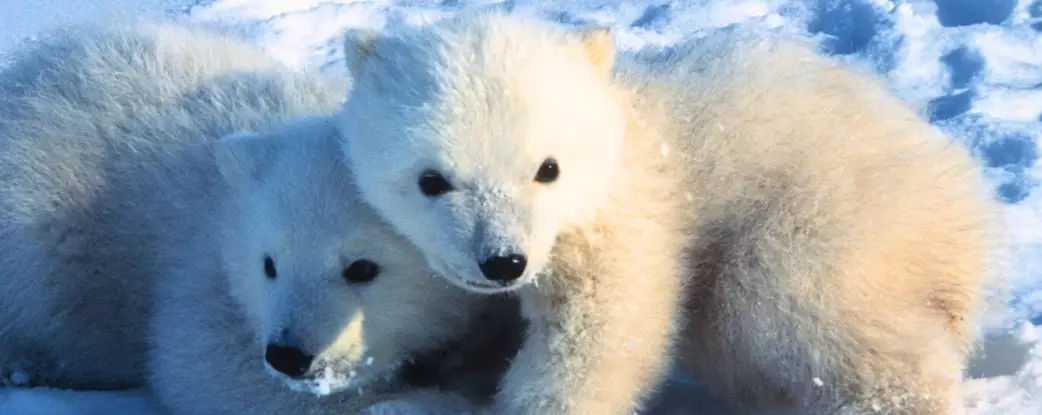Polar bears, the majestic apex predators of the Arctic, have long fascinated scientists and wildlife enthusiasts alike. Recent advancements in remote camera technology have ushered in a new era of understanding these animals, particularly focusing on the critical early months of polar bear cubs. For over a decade, researchers have employed remote cameras in Norway to unearth key details about the emergence of these fragile creatures from their winter dens, thereby offering a unique lens into their survival and development.
The life cycle of a polar bear cub begins under the protective cover of a winter den. Born hairless and weighing a mere half-kilogram, cubs face immediate challenges in the brutally cold Arctic climate. Their survival hinges on the warmth provided by their mother and siblings within the insulating embrace of the snow. This intimate family environment is paramount for survival in their vulnerable first few months, as they grow rapidly, transitioning from their mother’s milk to supplementary nutrition from seal blubber as seasonal shifts take place. By spring, cubs can weigh up to ten kilograms, but the road to survival is fraught with peril; even under the best of conditions, less than half of the cubs born will survive to adulthood.
The construction of dens by mother bears plays a pivotal role in safeguarding the cubs during these formative months. These dens, often hidden beneath several meters of snow, feature two crucial openings: one for ventilation and another serving as the entrance. The insulation provided by the dense snow cover acts as a shield against the harsh Arctic elements, offering the cubs a fighting chance during their critical early life stages.
The observational challenges associated with studying polar bear dens have pushed scientists to employ sophisticated technology. An international research team, working in the remote landscapes of Svalbard, has equipped female bears with GPS satellite collars to better monitor their denning behaviors and cub development. Time-lapse cameras set up over several years have begun to yield invaluable footage, although moments of mothers interacting with their cubs remain elusive. Data collected from these cameras shed light on maternal behavior, including how changing temperatures influence activity levels.
Notably, the data reveal a concerning trend: polar bear families in Svalbard appear to be abandoning their dens earlier than previously documented. This shortened denning period could potentially hinder cub development, leaving them ill-prepared to face the unforgiving external environment. On average, polar bears linger in and around their den for just over a week after emerging, underscoring the variability in behavior between families.
The dynamics between mother bears and their cubs during this critical period are vital for the cubs’ survival. The findings suggest that cubs rarely venture outside the den without their mother, exhibiting dependency on her guidance and protection. Remarkably, observations indicate that cubs are seen independently only 5% of the time, emphasizing the importance of maternal presence during these formative months.
This maternal bond is crucial not only for survival, but also for instilling survival skills that the cubs will need in the wild. The relationship forged in the den lays the groundwork for the cubs’ abilities to navigate the treacherous Arctic landscape as they mature.
As climate change continues to reshape the polar regions, polar bear mothers are confronted with increased reproductive challenges amid the encroachment of human activity in these fragile ecosystems. The impact of shrinking ice habitats, due to rising temperatures and industrial development, poses a significant threat to polar bear populations.
Conservation biologists are keenly aware that protecting denning habitats is vital for the overall health of polar bear populations. Insights gained from studies like these are essential for informing management strategies aimed at safeguarding this vulnerable species. With video documentation providing a clearer picture of polar bear behavior and cub development, researchers hope to devise conservation measures that can support their survival amid the rapidly changing Arctic environment.
The remote observations of polar bear cubs emerging from dens have expanded our understanding of their early life stages and the significant challenges they face. As climate change reshapes the Arctic, it is imperative that we remain vigilant and proactive in protecting these incredible creatures and their habitats for generations to come. By investing in scientific research and conservation efforts, we can enhance the chances of survival for polar bears and the delicate ecosystems of which they are a part.


Leave a Reply